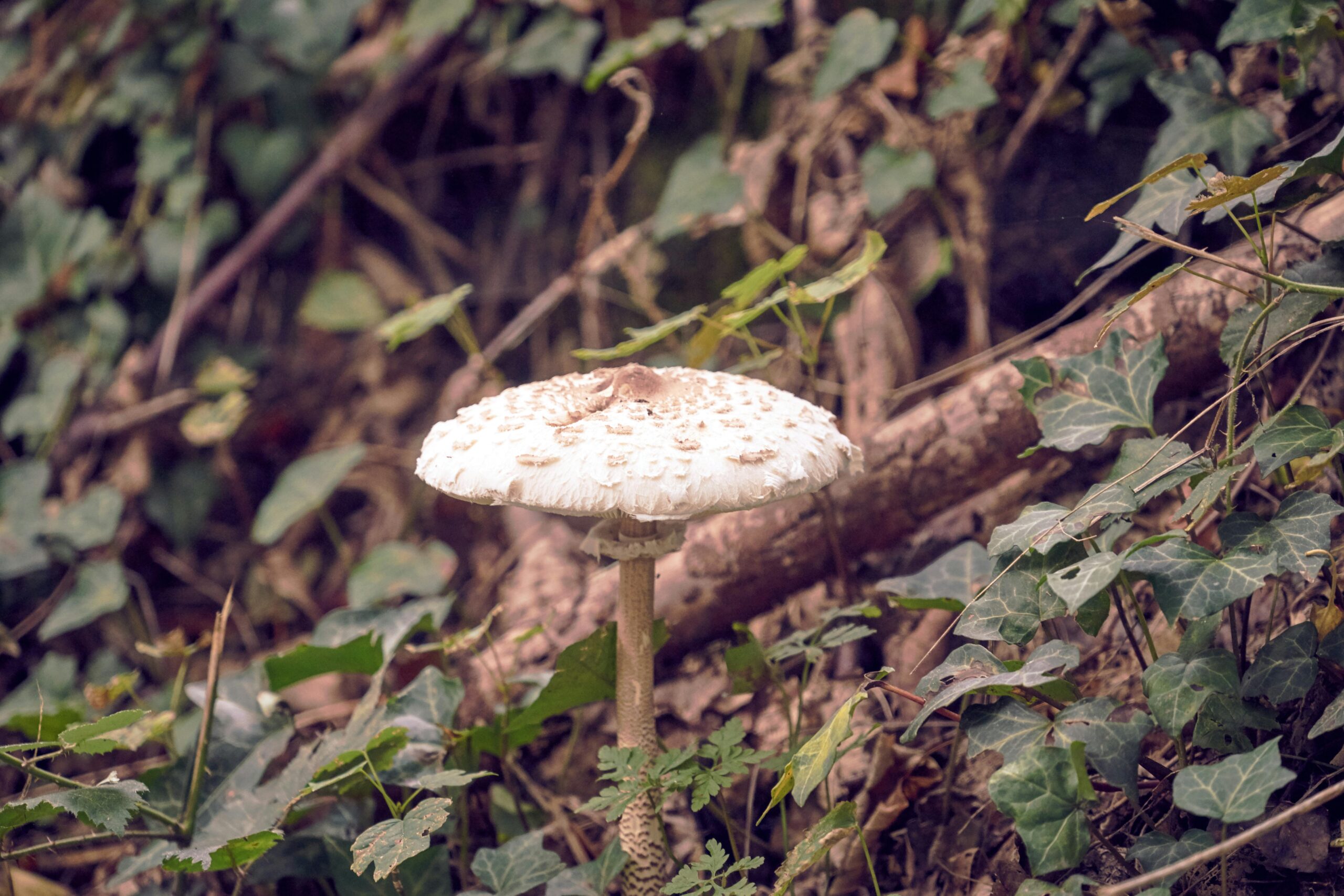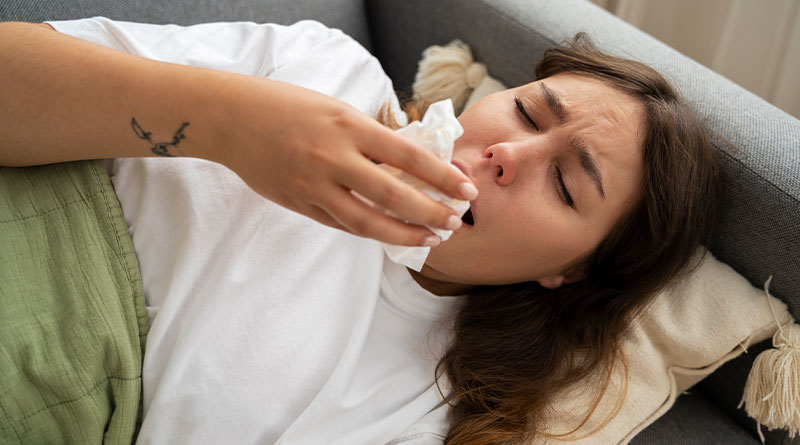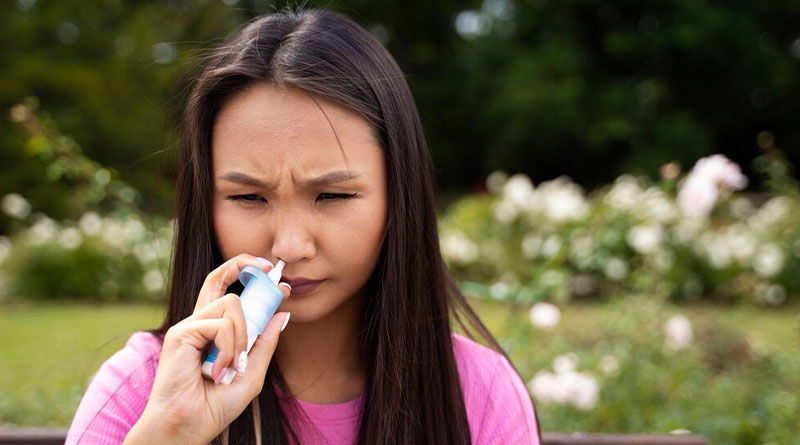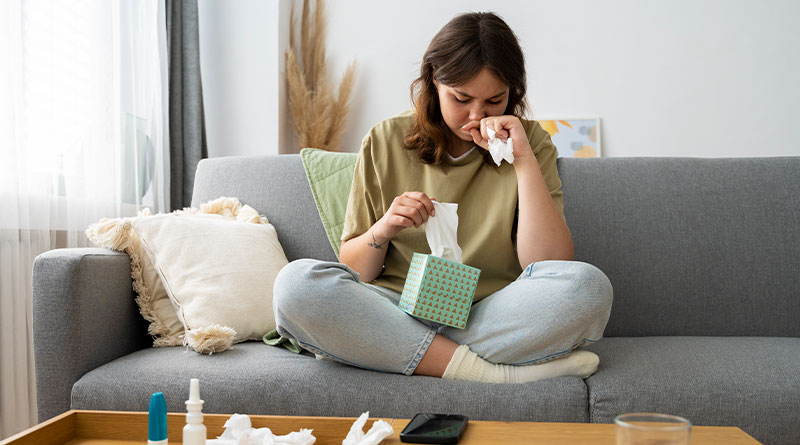Poison Ivy is one of those plants everyone has heard of but hopes never to encounter. Known for causing itchy, uncomfortable rashes, it has become almost legendary among harmful plants. But poison ivy isn’t alone—other plants like poison oak and poison sumac can also trigger skin reactions. Recognizing these plants, understanding their effects, and knowing how to protect yourself are key to staying safe outdoors.
In this guide, we’ll explore what poison ivy looks like, where it grows, how it affects the skin, and how it compares to other similar plants. We’ll also cover tips for prevention and treatment if you ever come into contact with it. Whether you’re a hiker, gardener, or pet owner, this knowledge can help you avoid unnecessary discomfort.
What Is Poison Ivy?
Poison ivy is a common plant found across North America, particularly in wooded areas, fields, and along hiking trails. Despite its name, it’s not truly an “ivy.” It’s a member of the cashew family (Anacardiaceae) and is related to poison oak and poison sumac.
The culprit behind its irritating effects is an oily resin called urushiol. This substance is present in the leaves, stems, and roots of the plant. Even the tiniest amount of urushiol can cause a rash in most people, and the oil can remain active on surfaces like clothing, tools, or pet fur for months if not properly cleaned. Its persistence is what makes poison ivy such a notorious plant to deal with.
Identifying Poison Ivy
The golden rule of identification is: “Leaves of three, let it be.” Poison ivy typically has three shiny, green leaflets, although its appearance can vary depending on the season and environment.
Spring: Leaves appear reddish and tender.
Summer: Leaves are green and glossy.
Fall: Leaves often turn red, yellow, or orange.
The plant may grow as a vine that climbs trees and fences, or as a low shrub in fields and forest edges. Small, whitish berries may also appear in late summer or fall. If you’re unsure about a plant, it’s always safer to avoid touching it rather than taking the risk.
Where Poison Ivy Grows
Poison ivy thrives in:
- Wooded areas
- Along riverbanks and streams
- In open fields
- Roadside edges
- Gardens or backyards (if birds drop seeds)
It’s highly adaptable, which explains why people run into it so often during outdoor activities like hiking, camping, or gardening. The plant can tolerate both shade and sunlight, making it difficult to predict where it may show up.
How Poison Ivy Affects the Skin
When skin comes into contact with urushiol, it usually leads to an allergic reaction. This reaction doesn’t happen instantly; it can take anywhere from a few hours to a couple of days to appear.
Common symptoms include:
- Redness and swelling
- Intense itching
- Small bumps or blisters
- Streaky rash where the plant brushed against the skin
The rash itself is not contagious. You can’t spread it by scratching or touching the blisters. However, if urushiol remains on your hands, clothing, or objects, it can spread further until cleaned. Early treatment can reduce the severity of symptoms and speed up recovery.
Poison Ivy vs. Poison Oak vs. Poison Sumac
While poison ivy is the most recognized, two other plants are worth mentioning.
Poison Oak: Similar to poison ivy, but its leaves resemble oak leaves and often appear in clusters of three to seven. It grows mainly in the western and southeastern United States.
Poison Sumac: Found in swampy or boggy areas, this plant has clusters of 7–13 leaflets. It’s less common than the others but often causes more severe skin reactions.
All three plants contain urushiol, so the treatment and prevention methods are the same. Knowing the differences helps you avoid them no matter where you are outdoors.
Prevention: How to Avoid Poison Ivy
The best defense against poison ivy is awareness and protection. Here are practical tips to stay safe:
Learn to identify the plant: Familiarize yourself with its appearance during different seasons.
Wear protective clothing: Long sleeves, pants, and gloves can reduce skin exposure.
Use barrier creams: Special lotions can help block urushiol from absorbing into the skin.
Wash after outdoor activities: Soap and water can remove urushiol if used within 30 minutes of contact.
Clean contaminated items: Clothes, shoes, tools, and even pets should be washed thoroughly if exposed.
Spending just a little time on prevention can save you weeks of discomfort. These simple steps are especially important if you enjoy camping or gardening regularly.
What to Do If You Touch Poison Ivy
Accidental contact is common, but knowing what to do immediately can prevent or reduce the reaction.
- Rinse the area quickly: Use cool running water and mild soap.
- Avoid scrubbing hard: Harsh scrubbing can push the oil deeper into the skin.
- Remove contaminated clothing: Wash them separately in hot water.
- Soothe the skin: Over-the-counter creams, oatmeal baths, or cool compresses can ease discomfort.
- Avoid scratching: Scratching may lead to infection.
If the rash becomes widespread, very swollen, or affects sensitive areas like the face or genitals, medical attention is recommended. Doctors may prescribe steroids for severe reactions.
Poison Ivy in Pets
Dogs and cats don’t usually react to urushiol the way humans do, but they can carry the oil on their fur. When you pet them, the oil can transfer to your skin. If your pet has been in an area with poison ivy, it’s wise to bathe them with pet-safe shampoo and wear gloves during the wash.
This simple step can prevent rashes in your household. Outdoor pets, in particular, should be checked regularly after walks or playtime.
Myths About Poison Ivy
Over the years, many myths have circulated about poison ivy. Let’s clear up a few:
1) Myth: You can spread the rash by touching the blisters.
Truth: The rash is only caused by urushiol, not by fluid inside blisters.
2) Myth: Everyone reacts to poison ivy.
Truth: Around 15–30% of people are not sensitive to urushiol, though sensitivity can change over time.
3) Myth: Burning poison ivy is a safe way to get rid of it.
Truth: Inhaling the smoke can cause serious lung irritation and even hospitalization.
Misinformation can lead to poor decisions, so it’s best to rely on medical advice and trusted resources.
Treatment Options
Most poison ivy rashes clear up on their own within two to three weeks. However, treatment can ease the symptoms and prevent complications.
- Topical treatments: Calamine lotion, hydrocortisone cream, or aloe vera gel.
- Oral antihistamines: Can reduce itching and improve sleep.
- Cool baths: Adding colloidal oatmeal or baking soda may provide relief.
- Prescription medication: Severe cases may require corticosteroids from a doctor.
Treatments should be tailored to the severity of the rash. Mild cases can often be handled at home, while more severe ones should be checked by a healthcare professional.
Poison Ivy in Everyday Life
Even though poison ivy is mostly discussed in the context of outdoor adventures, it can appear closer to home than you might expect. Birds often spread their seeds, so they can sprout in backyards or near fences. Gardeners should be cautious when pulling weeds, as poison ivy can hide among other plants.
If you live in an area where poison ivy is common, staying vigilant can prevent accidental exposure. Being aware of your surroundings is the simplest way to protect yourself.
FAQs
Q1. What is the fastest way to get rid of poison ivy rash?
Ans: Cool baths, calamine lotion, and antihistamines help. Severe cases may need a doctor’s prescription.
Q2. Can poison ivy grow in my backyard?
Ans: Yes. Birds often spread seeds, so they can appear in gardens or near fences.
Q3. How long does poison ivy rash last?
Ans: Usually 1–3 weeks, depending on the severity of exposure.
Q4. Is poison ivy contagious?
Ans: No, the rash itself isn’t contagious. Only contact with the urushiol oil spreads it.
Q5. Can you build immunity to poison ivy?
Ans: Not reliably. Some people don’t react, but sensitivity can develop later in life.
Q6. What should I do if poison ivy touches my clothes?
Ans: Wash them separately in hot water with detergent to remove the urushiol.
Q7. Can poison ivy cause severe allergic reactions?
Ans: Yes, some people experience intense swelling and require medical treatment.
Q8. Is it safe to remove poison ivy by hand?
Ans: No. Always wear gloves and dispose of the plant carefully to avoid exposure.
Q9. Does poison ivy grow year-round?
Ans: The plant is most visible in spring through fall, but can survive year-round in many regions.
Q10. Should children be taught to recognize poison ivy?
Ans: Absolutely. Teaching kids early helps prevent accidental contact during play or outdoor trips.
Conclusion
Poison ivy is a small plant with a big reputation. Its ability to cause rashes, itching, and discomfort makes it one of the most notorious plants in North America. Learning to recognize it, protecting yourself during outdoor activities, and knowing how to respond after exposure are the best ways to avoid its irritating effects.
While poison ivy, poison oak, and poison sumac may seem like simple plants, their impact on human health is significant. A little knowledge and prevention can go a long way in ensuring your next hike, camping trip, or gardening session is safe and rash-free. Taking small precautions today can save you from weeks of irritation tomorrow.
Sahil Sachdeva is the Founder of curemedoc.com and a Digital Marketing professional with years of experience. If you need help in Content writing and want to increase your website ranking, connect with him, as he has some premium websites where you can share blogs with DoFollow links and increase your website’s ranking on Google.





